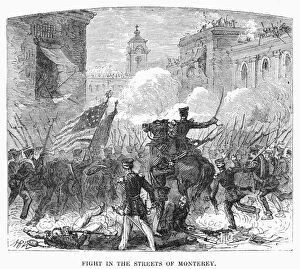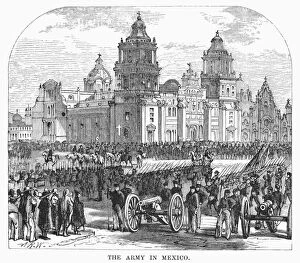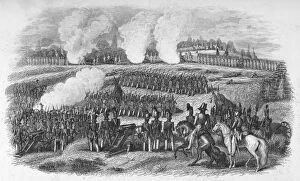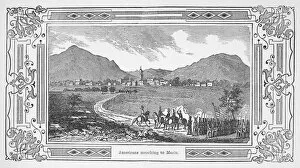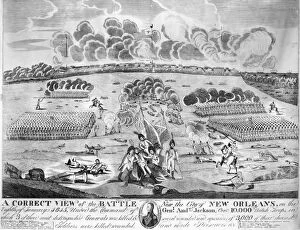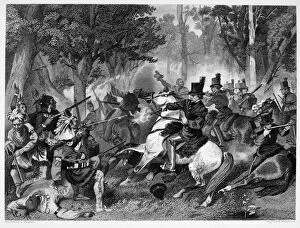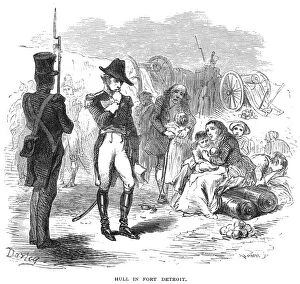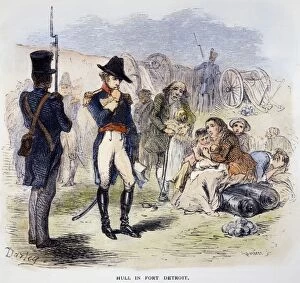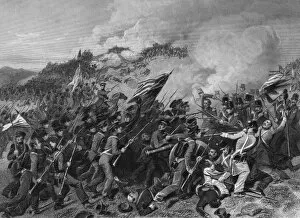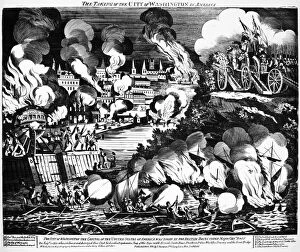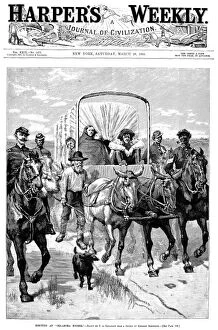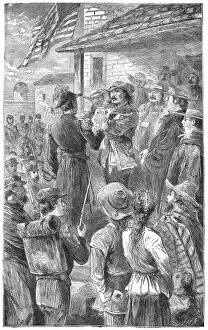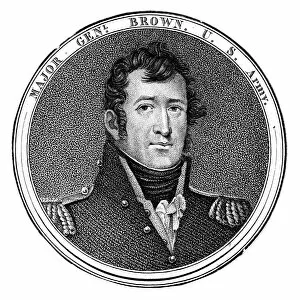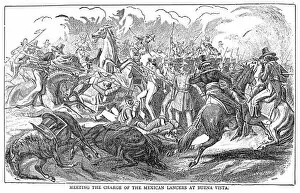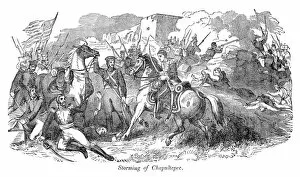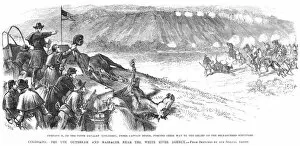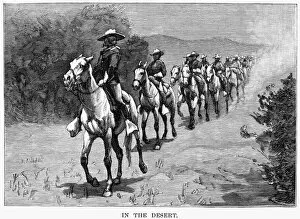Us Army Collection (#51)
"The US Army: A Legacy of Courage and Resilience" From the skies above to the battlefields below, the US Army has always been at the forefront of defending our nation
For sale as Licensed Images
Choose your image, Select your licence and Download the media
"The US Army: A Legacy of Courage and Resilience" From the skies above to the battlefields below, the US Army has always been at the forefront of defending our nation. The iconic Sikorsky UH-60 Black Hawk Helicopter symbolizes their unwavering commitment to swift and efficient operations. Since its inception, brave leaders like General Ulysses S. Grant have exemplified true valor during times of conflict, such as his service in The American Civil War. Their strategic brilliance and dedication continue to inspire generations. Amidst the chaos of war, a Buffalo soldier finds solace in a simple act - drinking from his canteen. These soldiers faced countless challenges but remained steadfast in their duty to protect freedom and justice. In 1898, Theodore Roosevelt led his Rough Riders up San Juan Hill with unparalleled bravery. This defining moment showcased not only their courage but also highlighted the indomitable spirit that defines every member of the US Army. The name George A. Custer echoes through history as a testament to both triumphs and tragedies on the battlefield. His legacy serves as a reminder that even heroes face adversity head-on. A Piper L-4 Cub adorned with D-Day colors represents an important chapter in World War II history when thousands of troops stormed Normandy's beaches under intense fire. The US Army played a pivotal role in securing victory for Allied forces. During Vietnam War's tumultuous era, members of the 101st Airborne Division moved across rice fields with determination etched on their faces—a poignant reminder of sacrifice made by these courageous individuals who fought for peace amidst turmoil. Fort Dearborn stands tall on Chicago's riverfront—its historical significance intertwining with America's growth over centuries—a testament to how military installations shape our nation's landscape while protecting its citizens. When danger loomed large, Buffalo soldiers charged fearlessly into action—their unwavering resolve proving instrumental time and again.






